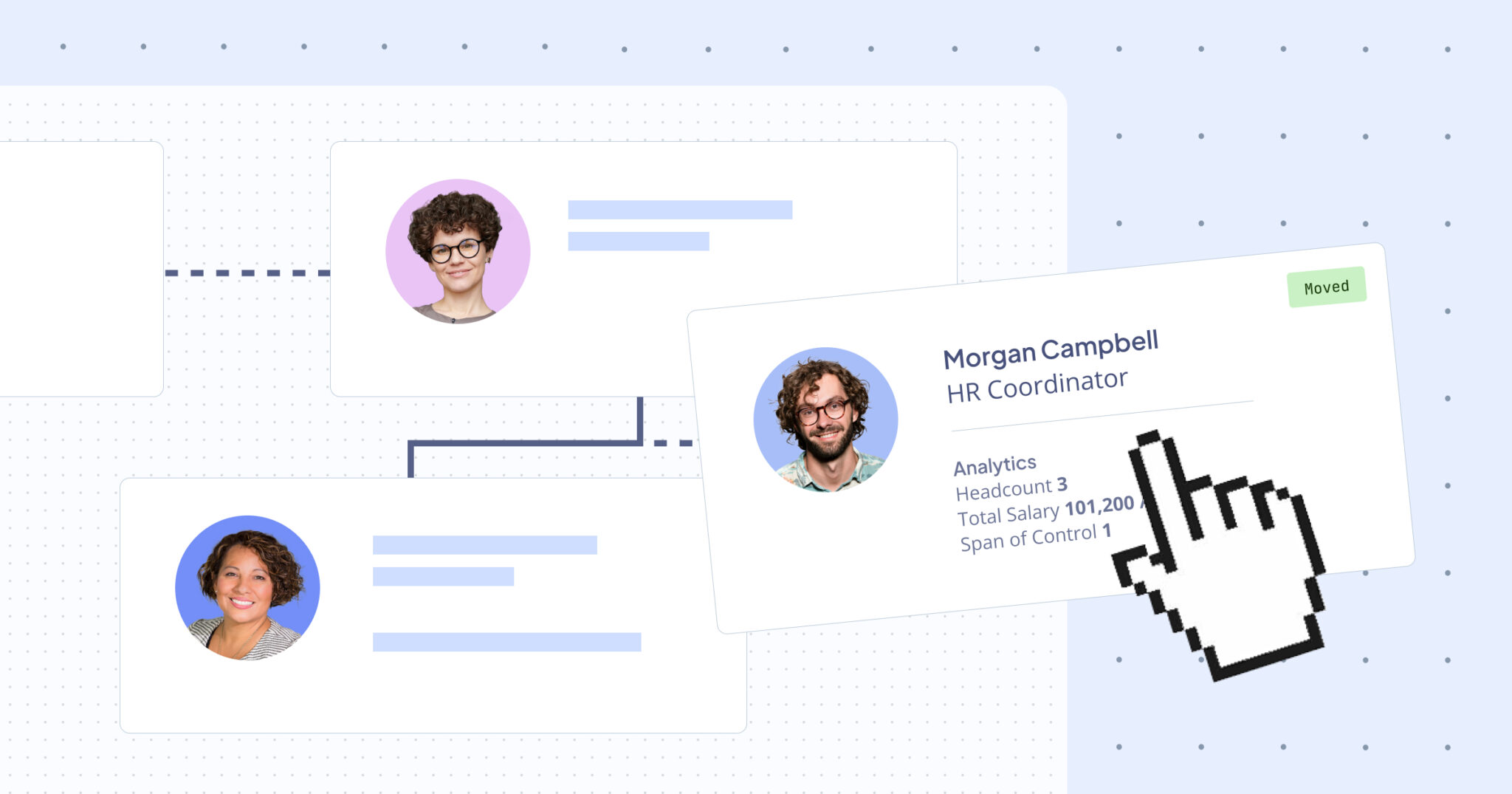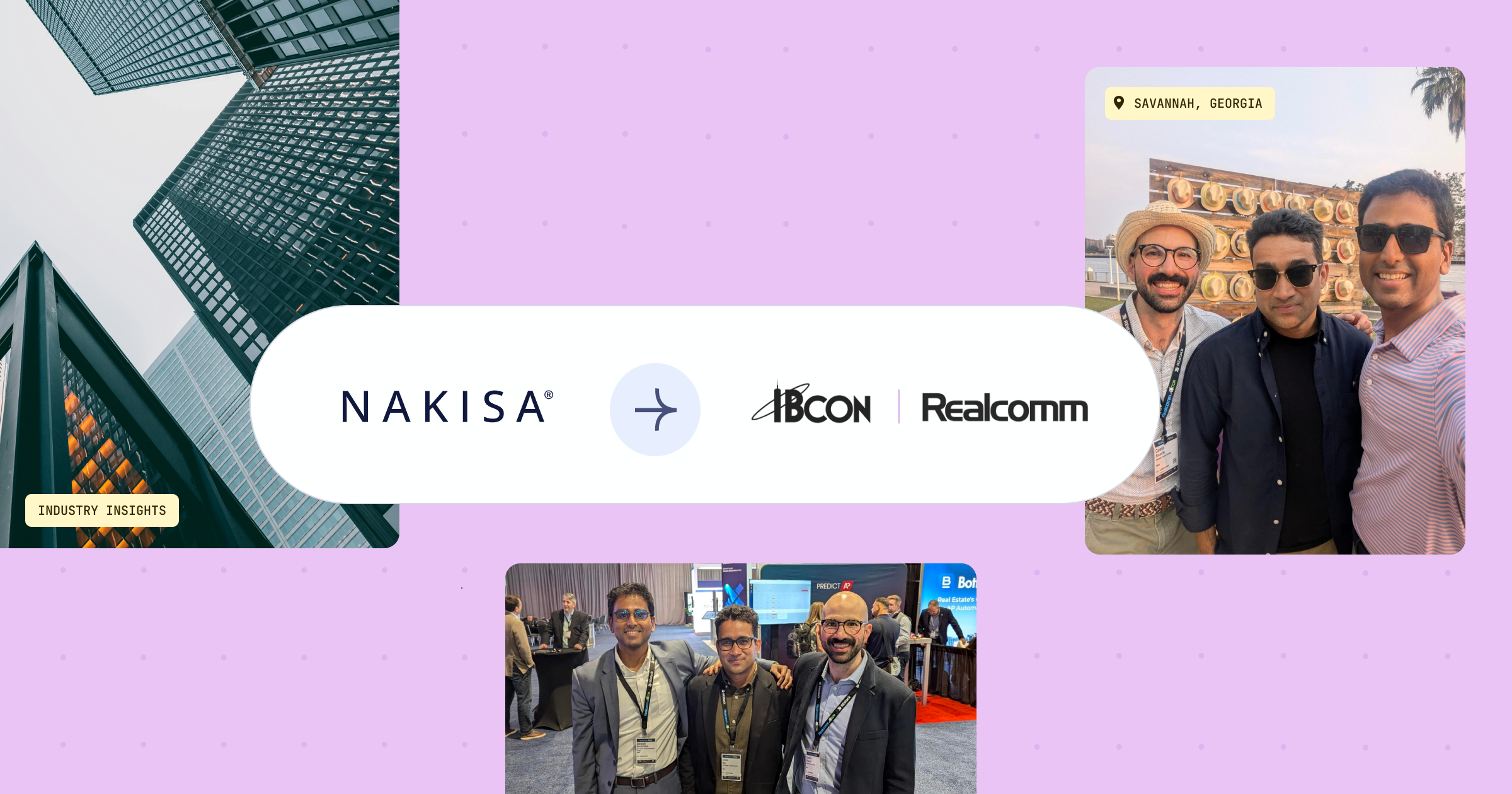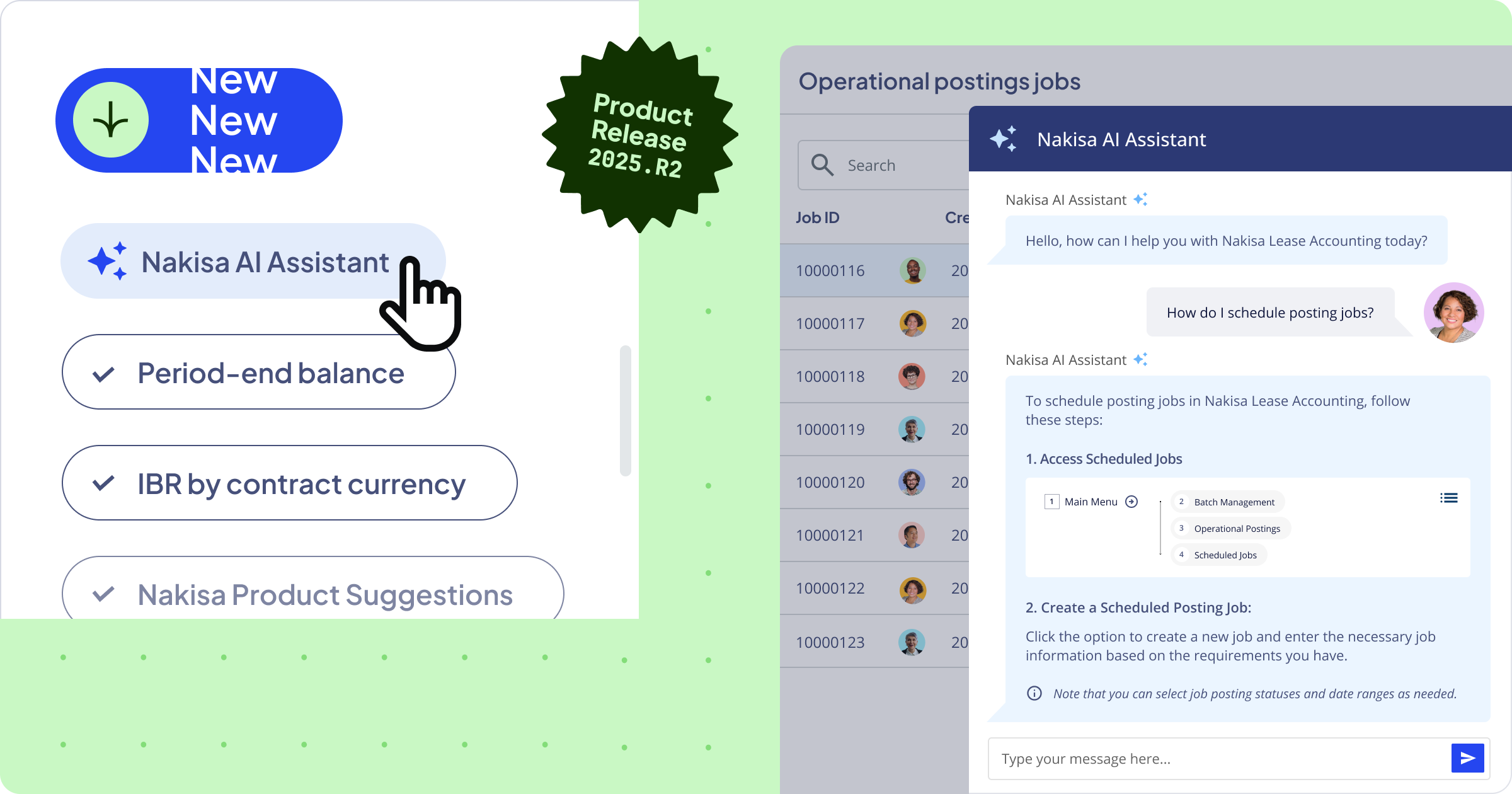Politics and HR
From a shift in local public opinion to a change in government or even a new industrial world superpower entering the market, politics influence how much funding is available, how much tax must be paid, minimum wage rates, how markets are controlled and the quality and quantity of staff available for hire. When planning, you need to consider likely changes to markets, budgets, and the availability of suitable applicants as a result of recent or anticipated political influences. For example, if a change of government is possible in the coming year, understand the new administration’s priorities regarding markets, industries, and businesses to better orient your organizational transformation strategies.
Regardless of the type of change, there is a need for HR to be at the helm to manage workforce change effectively. For example, with any new government, there can be a significant amount of change: change in how politics is handled, change in communication style, change in worldwide vision, change in positioning in the world, and many other changes. It impacts values and can disrupt the way businesses normally do things. HR organizations will need to be conscious of these changes to adjust their approach to organizational transformation.
Economic Factors
How much money is available for salaries, training, and equipment is the most immediate concern in human resource planning. However, external economics plays an equally critical role. For example, people don’t have as much money to spend in an economic downturn and tend to be much more selective in what they buy or services they use. This means some industries, such as those producing luxury items or non-essential services, sell less and may even have to lay off some staff. This, in turn, makes the local economy even more difficult. Building economic factors into the human resources plan helps to predict how many employees you will need and how you can pay. Economic drivers are changing compensation models on a global scale. Whether they’re internal or external, these economic drivers have created some challenges for organizations that are trying to identify and retain top talent.
Socio-Political Factors
Several social factors may influence your HR planning, but you need to take into account equalities and diversity in particular. Where there is a clear discrepancy of one social group, it’s a good idea to build in ways of opening up new opportunities. For example, according to the U.S. Census Bureau, the number of Baby Boomers (Ages 55-70) in the workforce is significantly below that of Millennials (25-35). As a result, as Baby Boomers are starting to retire, more Millennials are being hired, and HR is being forced to adjust their workforce planning strategies. This shift in demographics has a significant impact on how HR needs to function.
Additionally, in many cases, diversity has become part of the employer’s brand. Diversity brings different perspectives to solving business problems. Consequently, identifying diversity gaps can lead to stronger business outcomes. Further, since the talent pool is shrinking, diversity offers the potential of accessing a changed marketplace. It facilitates recruitment and increases retention of top talent. It helps organizations more effectively leverage their human resources to outperform competitors.
The Brexit Case
In 2016, there was no bigger change than Britain’s vote to leave the EU. Although there haven’t been significant changes in the market yet, the implications on HR are going to be major. As the changes approach, business and HR leaders will be more and more concerned about what the leave result means for them and their employees. Rita Trehan, former CHRO at Honeywell and AES Corporation, warned that many businesses have not made adequate preparations for this result. According to Trehan, this Leave result will have enormous ramifications for UK businesses and HR teams in particular. I know that the vast majority of businesses in the UK did not undertake any contingency planning for this eventuality. Today there will be many HR executives who will now be wishing that they’d pressed the senior management team harder and taken control of resource planning for this result at an earlier stage.
The reality is that businesses will need to adapt to the new changes quickly and seamlessly. To do this, they will require technology to accelerate organizational transformations resulting from major political changes.
Technology’s Role
While socio-political and economic fluctuations are frequent, technology is advancing even more rapidly. The reality is that while many companies are undergoing organizational transformations due to external factors such as overhauls in the political landscape, the majority of them are having difficulty adapting to change. Consequently, they are acting reactively. This approach will not be successful in the long run. New technology solutions are out there that enable organizations to be nimble about organizational change; thus, allowing the HR community to focus on change strategies proactively.
As stated earlier, the HR community requires forecasting and flexibility for effective planning and adapting. The right technology solution will enable HR professionals to quickly and easily visualize workforce data, automate traditionally manual processes, and drive organizational transformation. Once the right solution has been secured, HR organizations will be prepared for any organizational change, regardless of the political, economic, or social landscape.
If you want to learn more on how Nakisa helps companies adapt to shifting HR needs, read our reviews from our clients across the globe.





